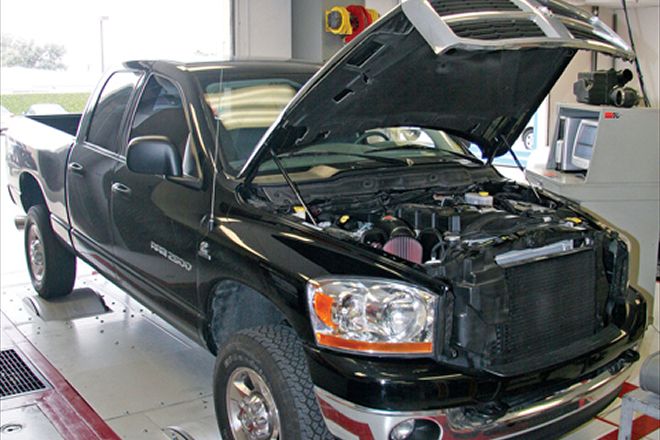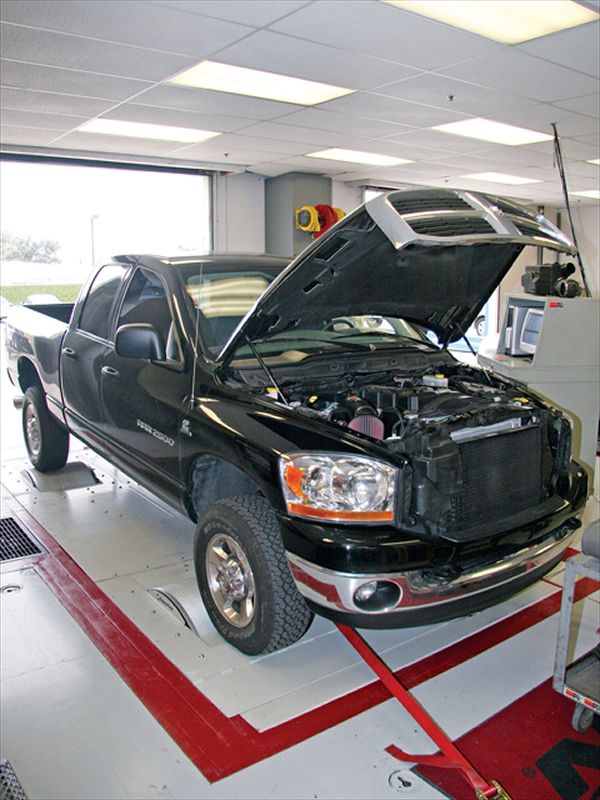
 Ali Mansour
Brand Manager, 4WD & Sport Utility
Ali Mansour
Brand Manager, 4WD & Sport Utility

Slow diesels are a thing of the past. More and more of you are finding that the late-model diesels are not only faster and quieter, but have caught up with all the creature comforts of the future, delivering you the ultimate blend of a plush daily driver, ample off-road machine, and tough-as-nails tow horse. If they're so great in stock form, why do so many people want to modify them? Mainly because they are among the few vehicles that you can add your basic old-time upgrades to (intake and exhaust) and throw in a little modern gadgetry (programmers and boxes), then BAM! You've now turned your 7,000-plus-pound truck into a ground-pounding monster with enough torque to tow a house and enough raw horsepower to roll over those monster mudders with ease.
We wanted to see how we could do just that, so we headed down to Loren Taylor's Diesel Tech Performance Center in San Jacinto, California, to install an MBRP 5-inch turbo-back exhaust system and juice up the power with a TS Performance MP-8 Max Power module. Loren and his team of ASE technicians had our '06 Dodge Ram Cummins screaming power in about an hour and showed us performance that you could not only hear, but actually feel. Once we had the fuel stepped up and a place for all that hot air to go, we took a drive to K&N Filters R&D facility to give our common-rail a much needed cool-air intake.
After everything was installed we ran the truck a few times on the dyno to get an idea of what sort of power we were putting to the ground. Although we know that slippage in the torque converter, atmospheric conditions, and the type of dyno used can all affect your numbers, one thing is for certain: More than 350 hp and 660 lb-ft at the rear wheels can really be felt in the driver seat!
Tech Notes
Monitoring your exhaust gas temperature is extremely important when adding more air and fuel to your diesel. While you are feeling all the power benefits, the increased flow of air and fuel has increased the amount of heat circulating through your engine. Monitoring the EGT allows you to see when turbo temps are getting too high and will allow you to back off or defuel the truck to let the temperatures lower. Just remember gauges are cheap, engine parts are not!





